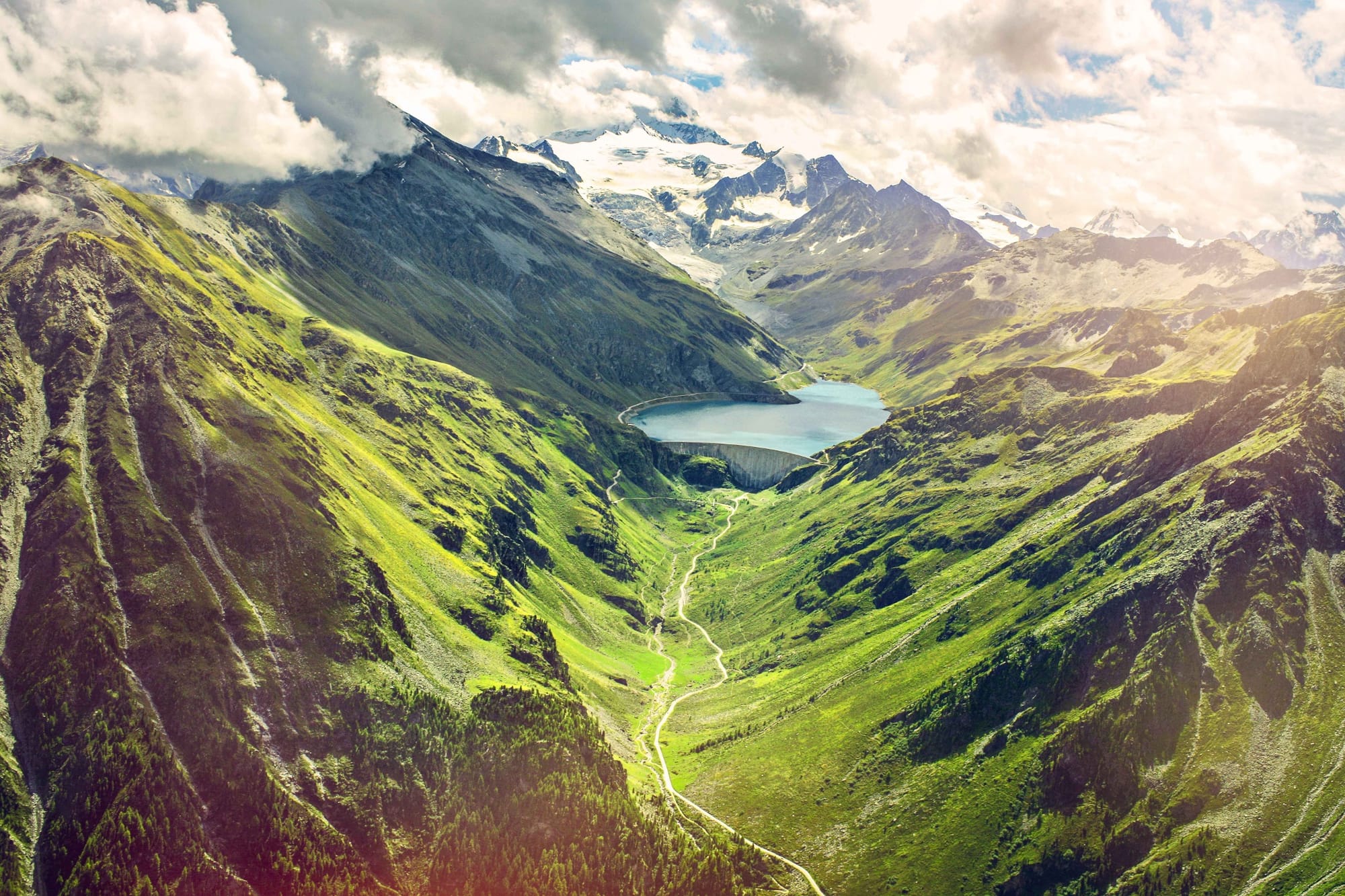Cooperation and innovation for the development of an Alpine destination and the pursuit of deseasonalization: A case study of the Val d’Anniviers tourist destination in the Valais, Switzerland

Theme:
This study explores the ways in which an Alpine destination can foster innovation among its partners and combat the phenomenon of seasonality. On the one hand, various concrete approaches are proposed to develop innovation in the Swiss Alpine destination of Val d'Anniviers (district of Sierre, central Valais). On the other hand, this work identifies the barriers to the development of innovation in this region. In addition, examples of good practice from other Alpine destinations are analysed, both in terms of innovative tourist products and offers and specific communications for the autumn season.
Relevance:
The aim of this study is to understand how an Alpine destination such as Val d'Anniviers can strengthen its appeal outside the traditional tourist seasons in order to break with the phenomenon of seasonality. Autumn is currently the season with the greatest development potential for an Alpine destination such as Val d'Anniviers, which is why the destination wishes to focus its marketing on this specific season in the coming years. This work could help the destination to find innovative ways to boost its autumn season.
Results:
The results of this study highlight the main obstacles to the innovation process, such as the lack of a culture of innovation among the destination’s stakeholders, the fragmented nature of the destination, the phenomenon of seasonality, and the delays in obtaining permits. In addition, the results present various approaches that an Alpine destination can adopt, such as strengthening cooperation between partners, creating an innovation system, and instituting employee qualifications. Finally, three main strategies stand out among the good practices that can be implemented: specific communication related to autumn, diversification of offers, and the use of events as a marketing tool.
Implications for practitioners:
- Proposals for concrete approaches to innovation that the destination can put in place to develop new tourism offers in autumn
- Identification of the obstacles to the development of innovative tourism products in this Alpine region
- Presentation of good practices from competing Alpine destinations (examples of communication and marketing initiatives that the destination could use to make its autumn season more attractive)
- Suggestions for tourism offers and products specific to the autumn season that the destination could market
- Creation of its own marketing strategy to promote autumn in Val d'Anniviers to the general public
Methods:
The exploratory research design was chosen to answer the research questions. In a second phase, semi-structured interviews were conducted with destination experts to discover their views on innovative approaches and their suggestions for developing autumn tourism offerings. These interviews provided interesting perspectives and practical lessons. In addition, an analysis of the websites of six Alpine destinations competing with Val d’Anniviers was conducted (benchmarking method) to determine best practices instituted by other destinations in the market, whether regarding innovative tourist products and offers or communication specific to this autumn season.
